To mark the second anniversary of the James Webb Space Telescope’s (JWST) operations, NASA has released a stunning new image that depicts two intertwined galaxies.
Remarkably, one of these galaxies even looks like a penguin. The JWST has made the study of stars and galaxies much easier for astronomers — and has helped scientists uncover some of the many mysteries of the universe.
The Launch of the JWST
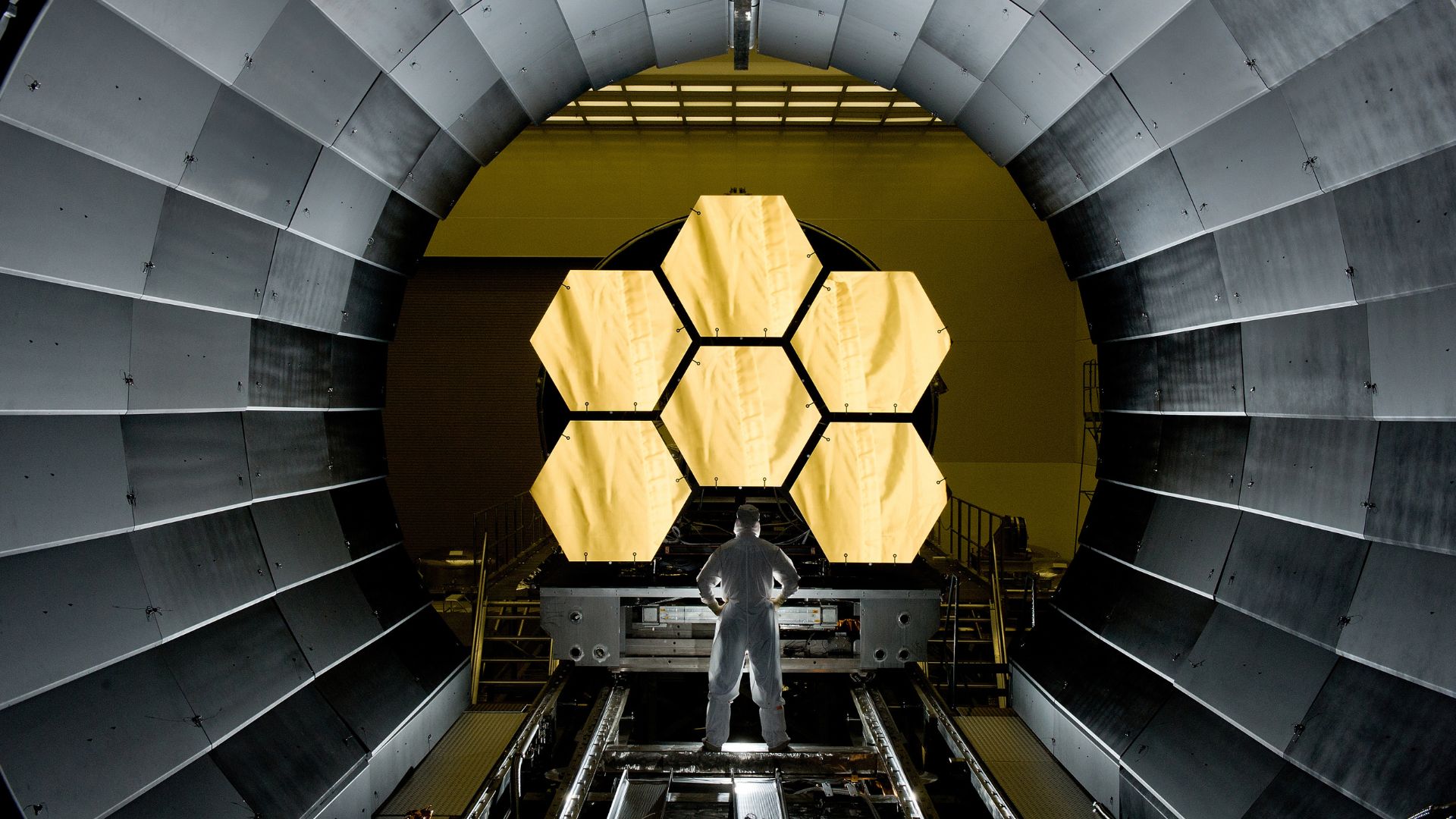
On December 25, 2021, the JWST was launched. This incredible telescope — coined a “time machine” by many — has allowed astronomers and the public to look far into space to witness galaxies and other space mysteries.
The JWST orbits around the sun and is about one million miles away from Earth. This positioning allows the telescope to see other galaxies, as well as our own.
Releasing Images to Celebrate
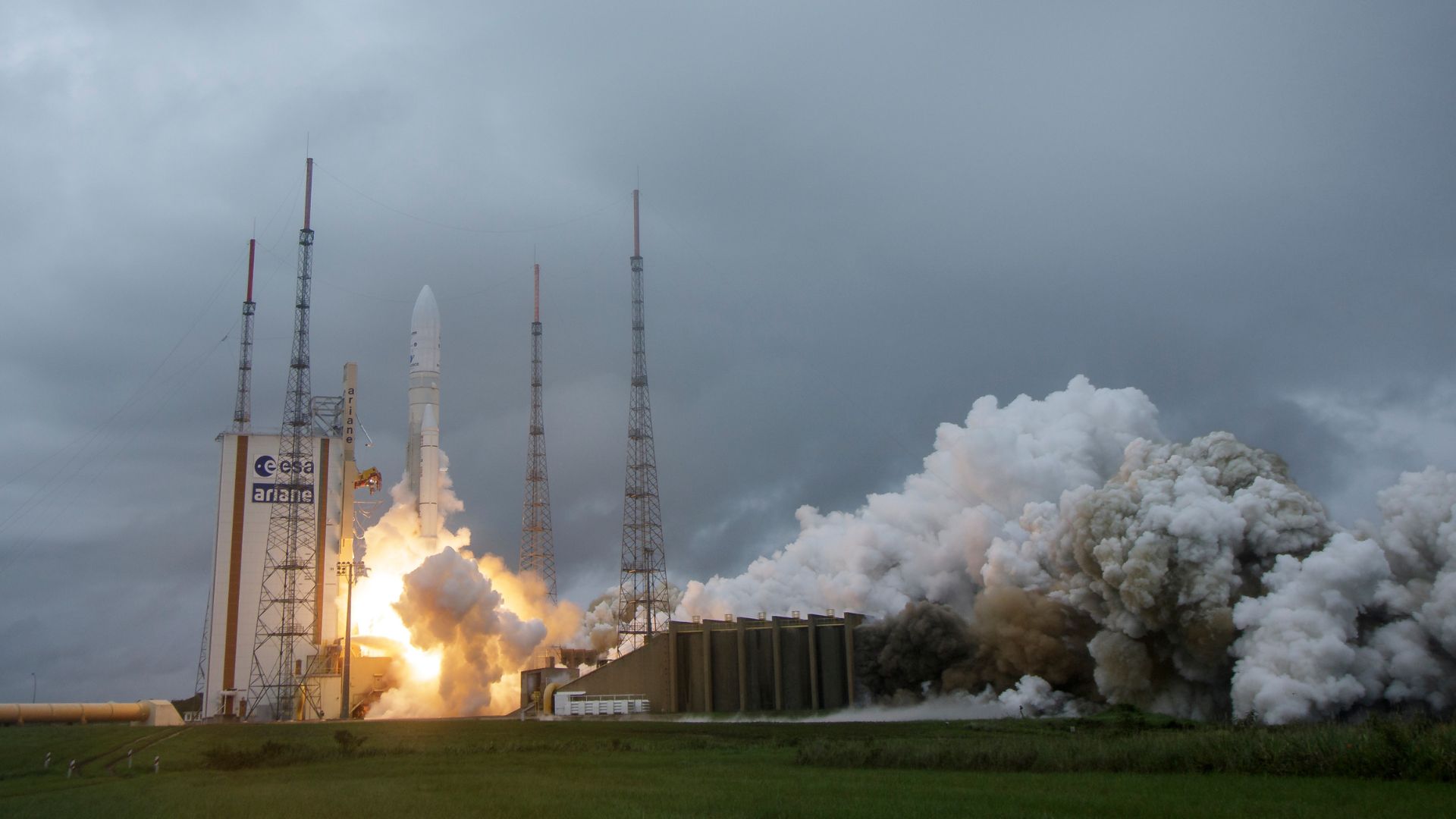
To celebrate the anniversary of the actual operations of the JWST, NASA has released a remarkable image that depicts the merging of two galaxies.
These intertwined galaxies are about 362 million light-years from Earth. They can be found in the constellation Hydra.
The Penguin and the Egg

As you can see in this image, these two galaxies have quite interesting features. Collectively, these two are called Arp 142. However, they have also been nicknamed by astronomers as “the Penguin and the Egg.”
The “Penguin” is the galaxy that appears to resemble a penguin in the middle of the image. Meanwhile, the “Egg” is the elliptical galaxy seen on the left.
Very Close Galaxies
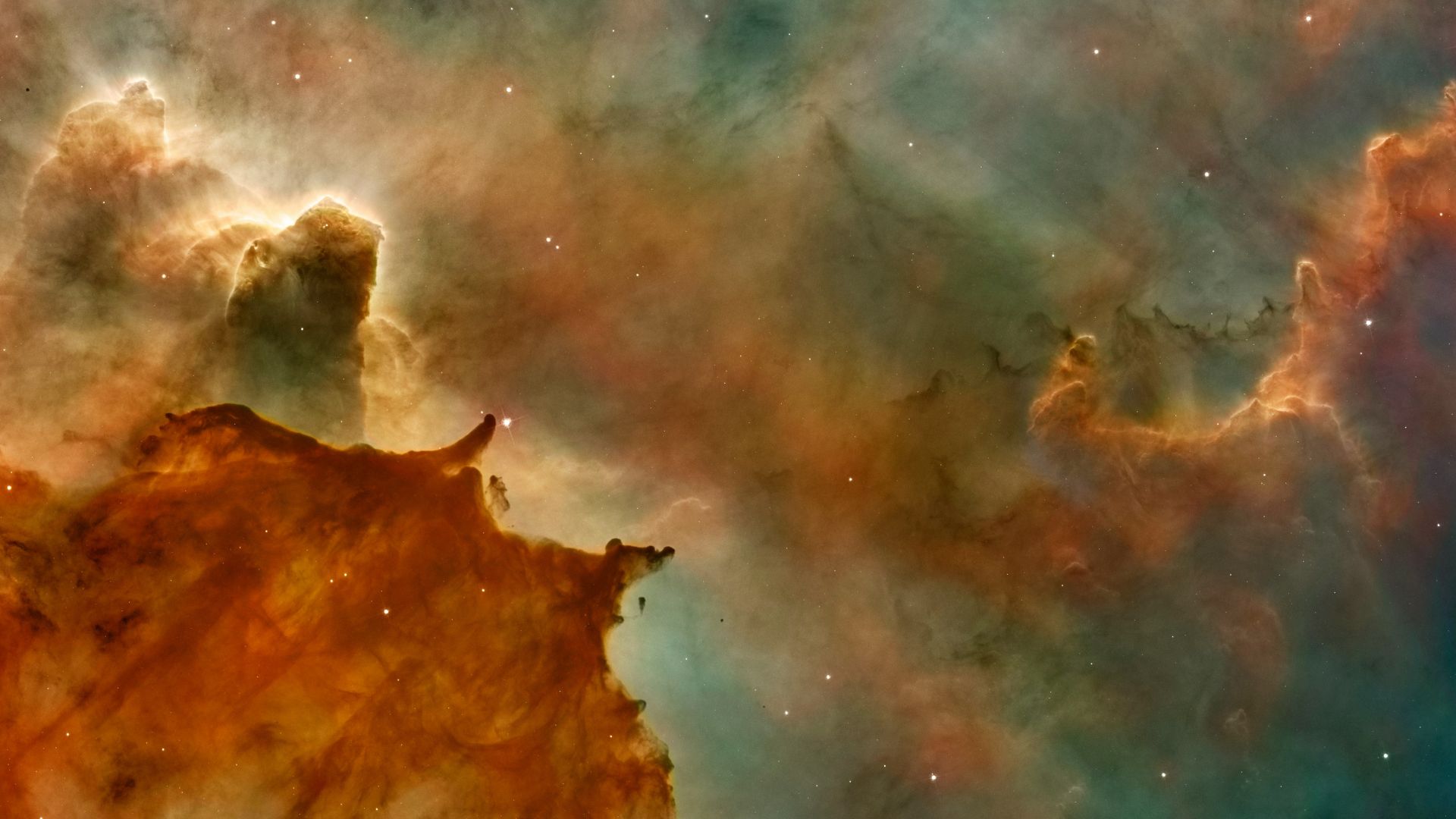
Astronomers have also revealed that these two galaxies appear to be only about 100,000 light-years apart. This is incredibly close, especially when looking at normal astronomical measurements of galaxies.
These two galaxies have long interacted with each other — and they will continue to do so for the next many millions of years.
The Beginning of the Penguin and the Egg
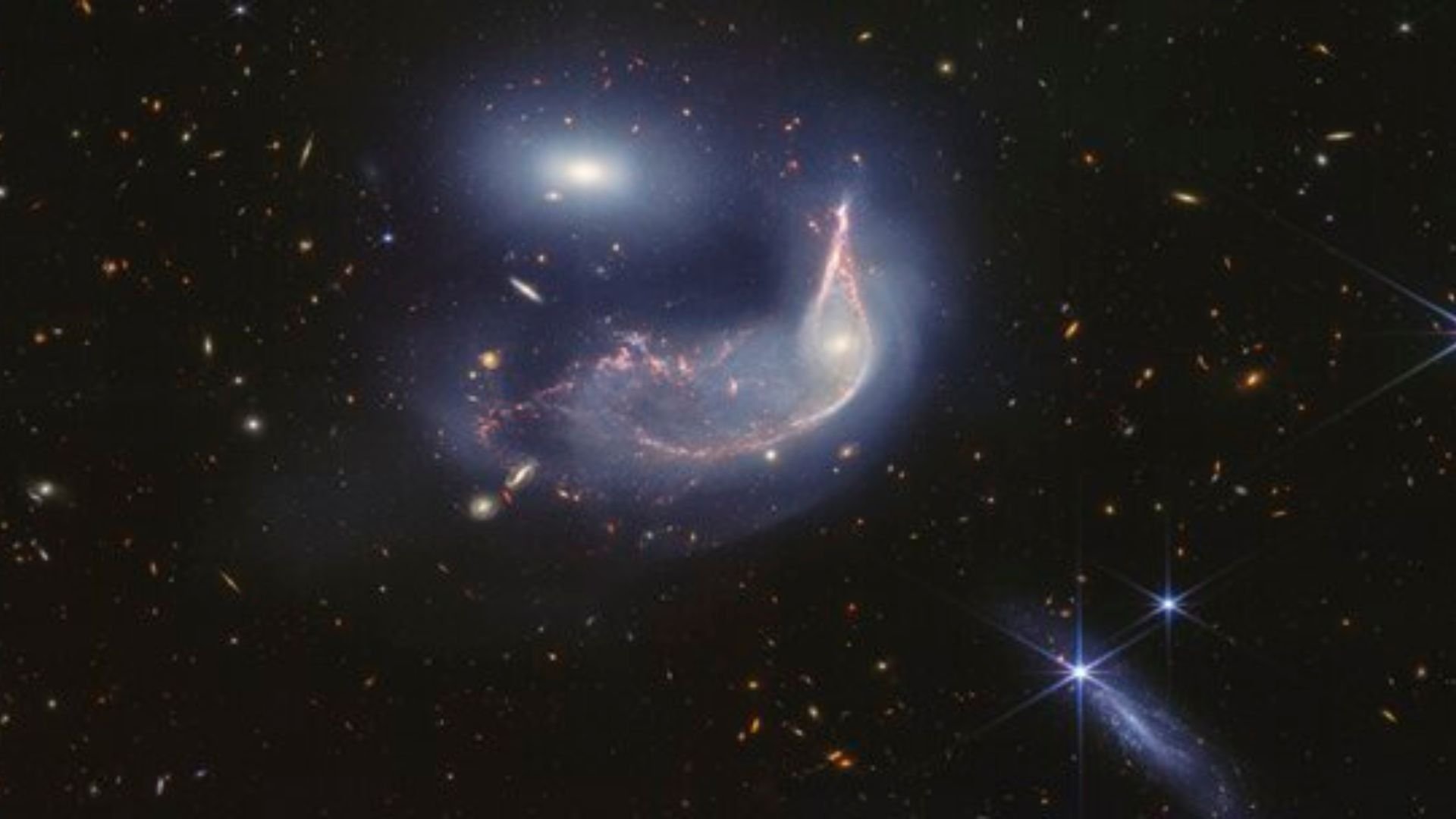
According to NASA, Arp 142 first began to interact with each other about 25 to 75 million years ago. They will continue to interact with each other, completing several additional loops.
Eventually, the Penguin and the Egg will fully merge into one galaxy. However, this isn’t expected to happen for another hundred of millions of years.
More Features in This Image

If you look throughout the rest of this amazing JWST image, you can see many other spiral and oval shapes lit up in space around these two intertwined galaxies.
These are all other distant galaxies in this specific region of space. The JWST’s wonderful power and resolution allow us to see the defined spiral and oval shapes of these distant galaxies.
Looking Back in the Past
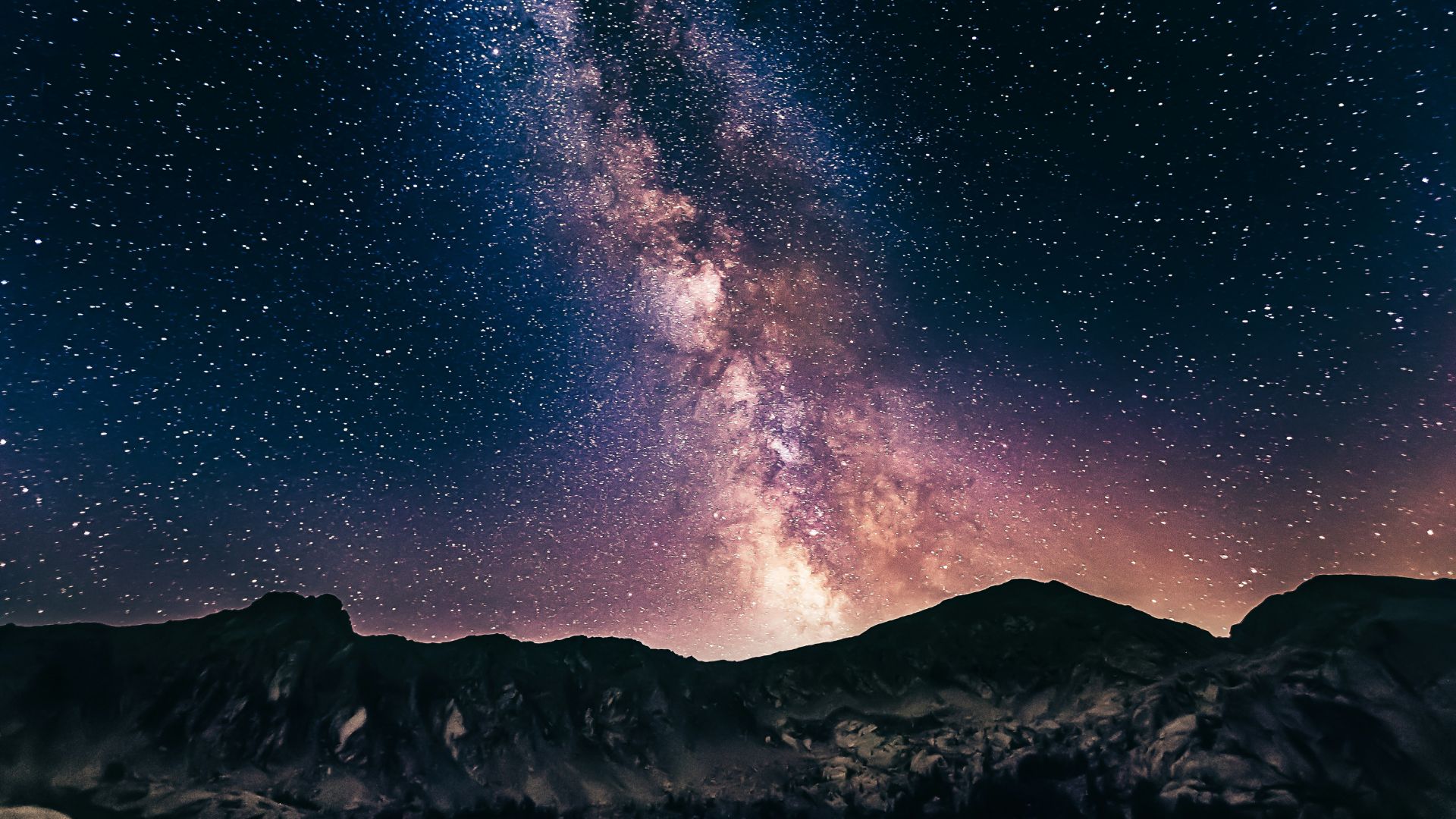
This image just further shows how the JWST telescope has changed the game for scientists and astronomers.
Finding two galaxies slowly merging together is a feat that couldn’t happen only a few years ago. Many astronomers have also explained that the telescope allows them to look back in the universe’s past to uncover many mysteries surrounding the Big Bang — and our galaxy’s own evolution through time.
A Time Machine

This is why many have coined the JWST to be a time machine. Mark Clampin, NASA headquarters director of the astrophysics division, further explained this.
Clampin said, “We really are understanding and starting to get new information on how the very first galaxies formed and evolved in the universe.”
Hubble vs James Webb
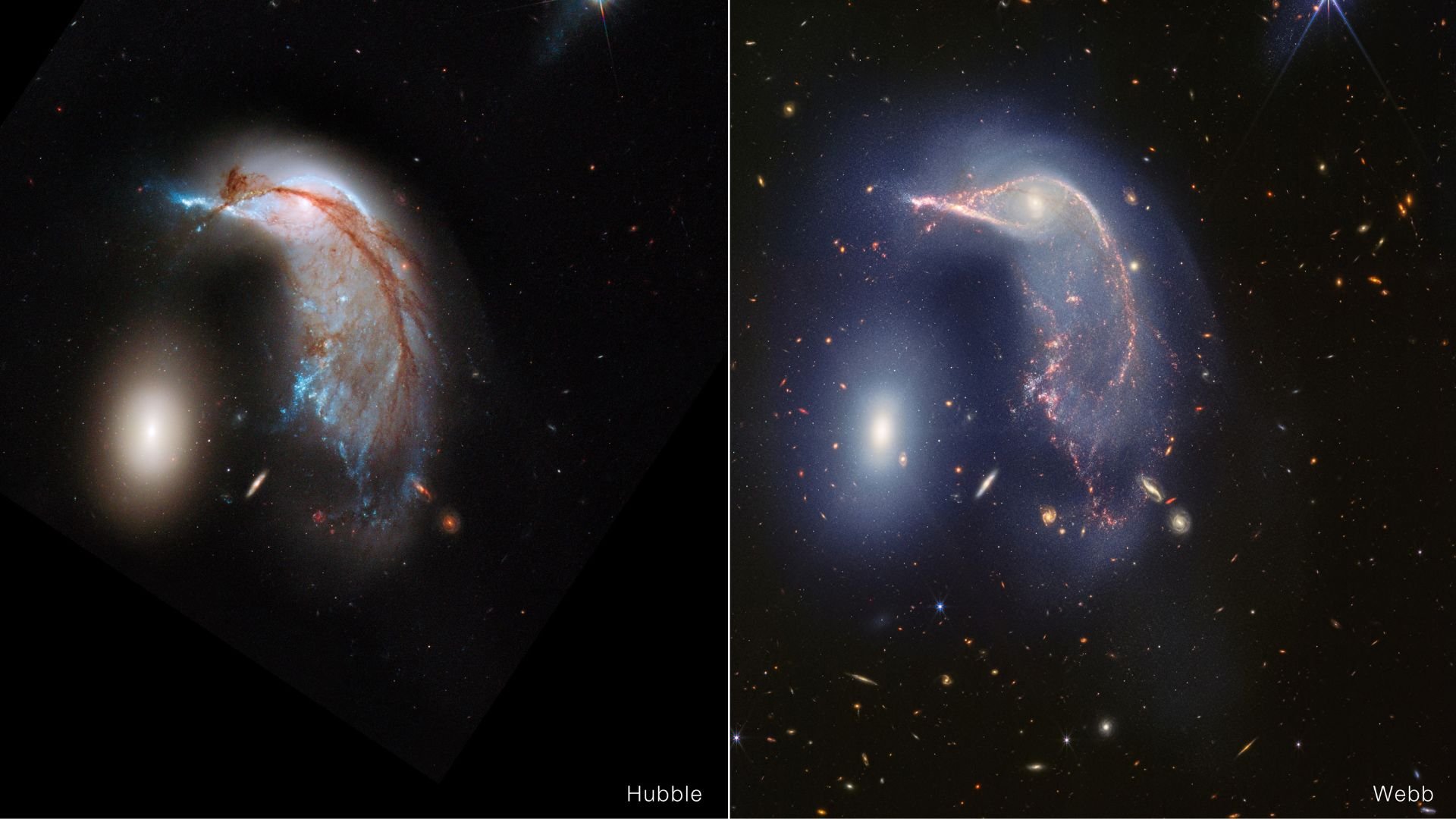
Before we had the JWST, we had the Hubble Space Telescope. While the Hubble telescope has immensely helped astronomers over the years, it is nowhere near as beneficial to the study of space as the James Webb is.
While the Hubble orbits the Earth, the JWST orbits the sun. Meanwhile, the Hubble cannot see inside the big dust clouds it images — but the James Webb can.
Looking for Life

As the JWST can look into dust clouds and see stars being formed, it can also find other planets similar to Earth that may hold life.
“And then, of course, we want to understand the nature of exoplanets, and ultimately start trying to find evidence of habitability,” Clampin explained.
30 Interesting Planets
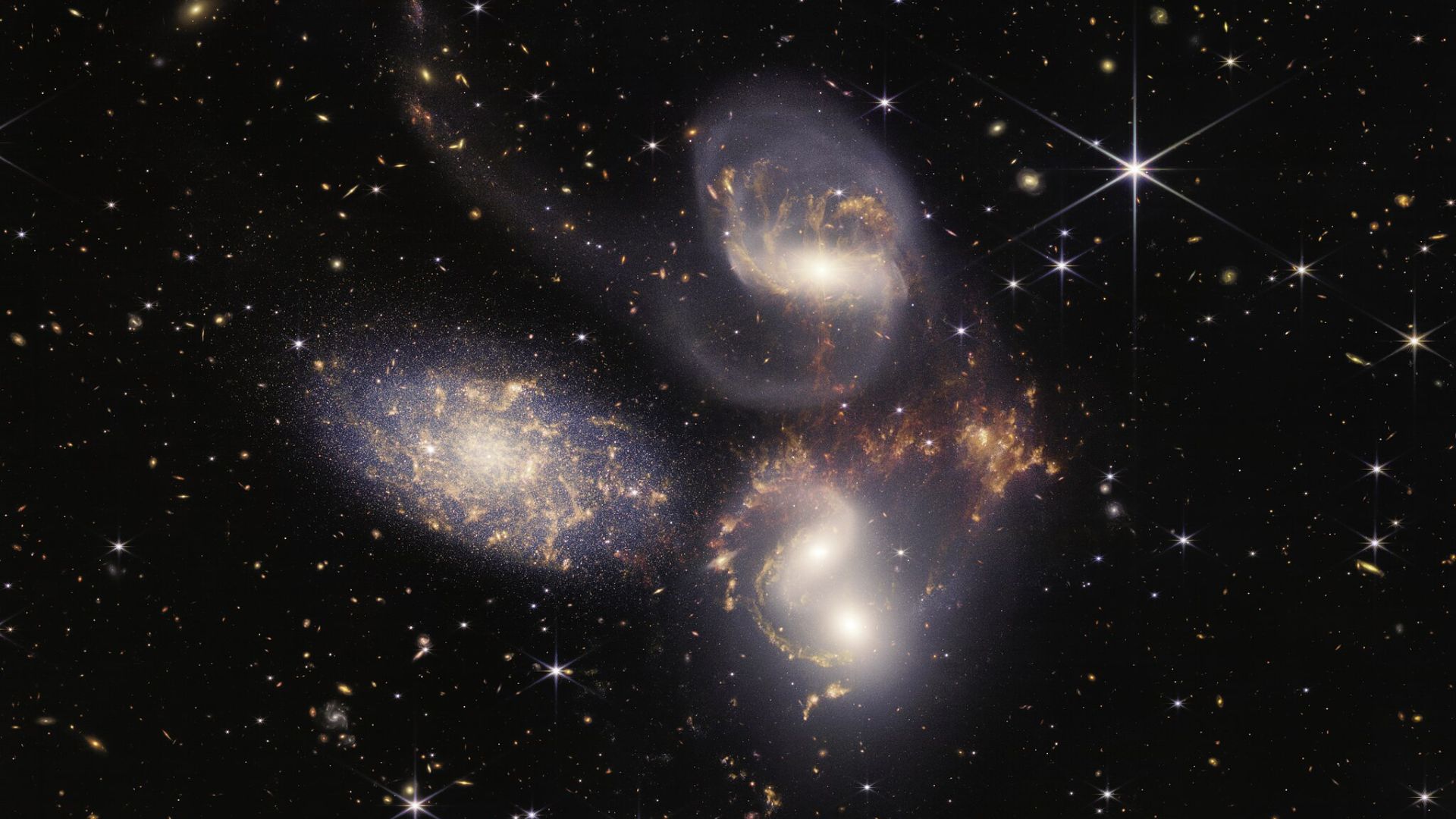
Already, NASA has explained that there are about 30 small, rocky planets that are similar to Earth. These planets are also in an orbit that could make it habitable.
NASA and astronomers will continue to study these 30 interesting planets — and search for more planets that may hold life.
